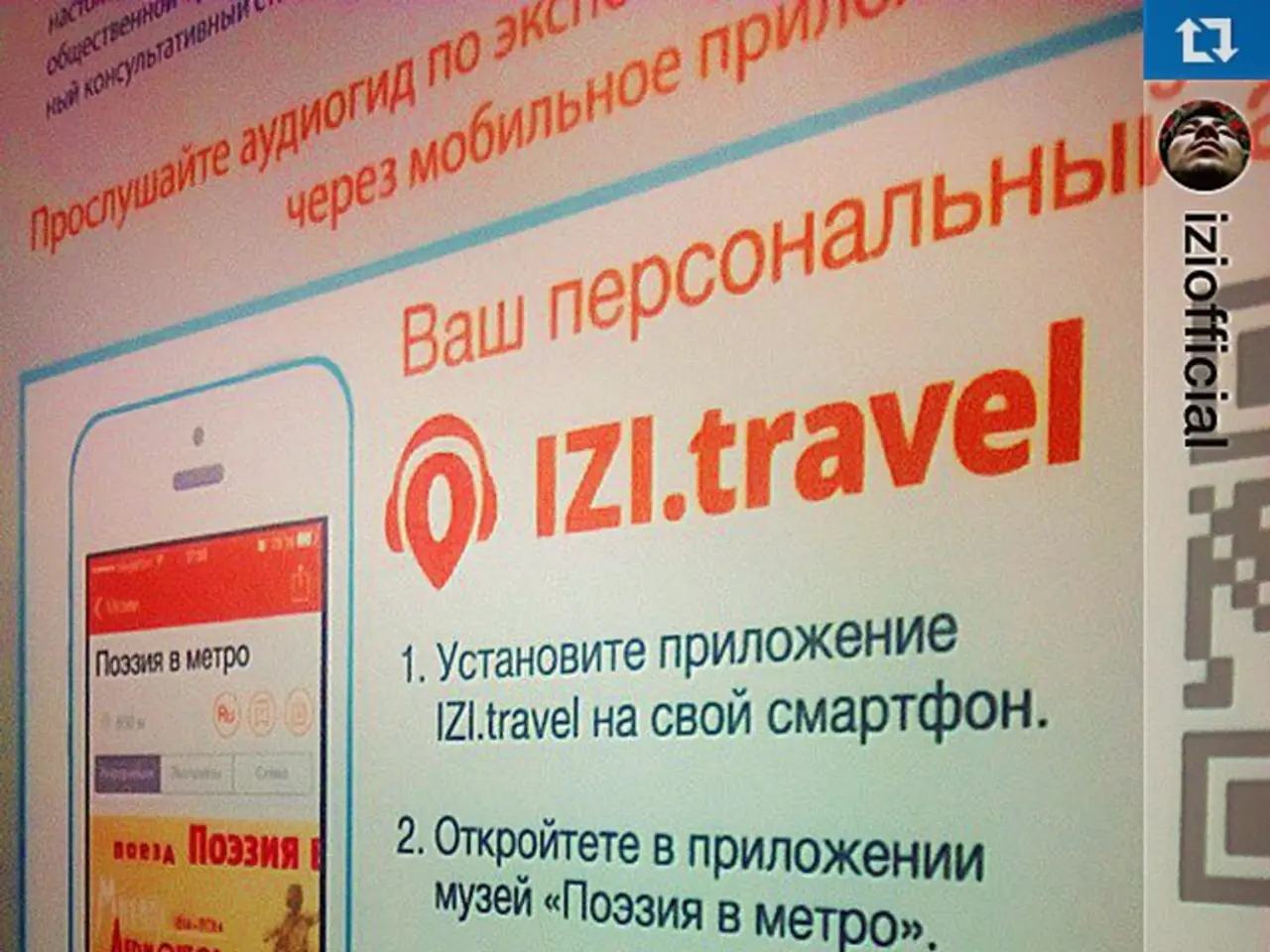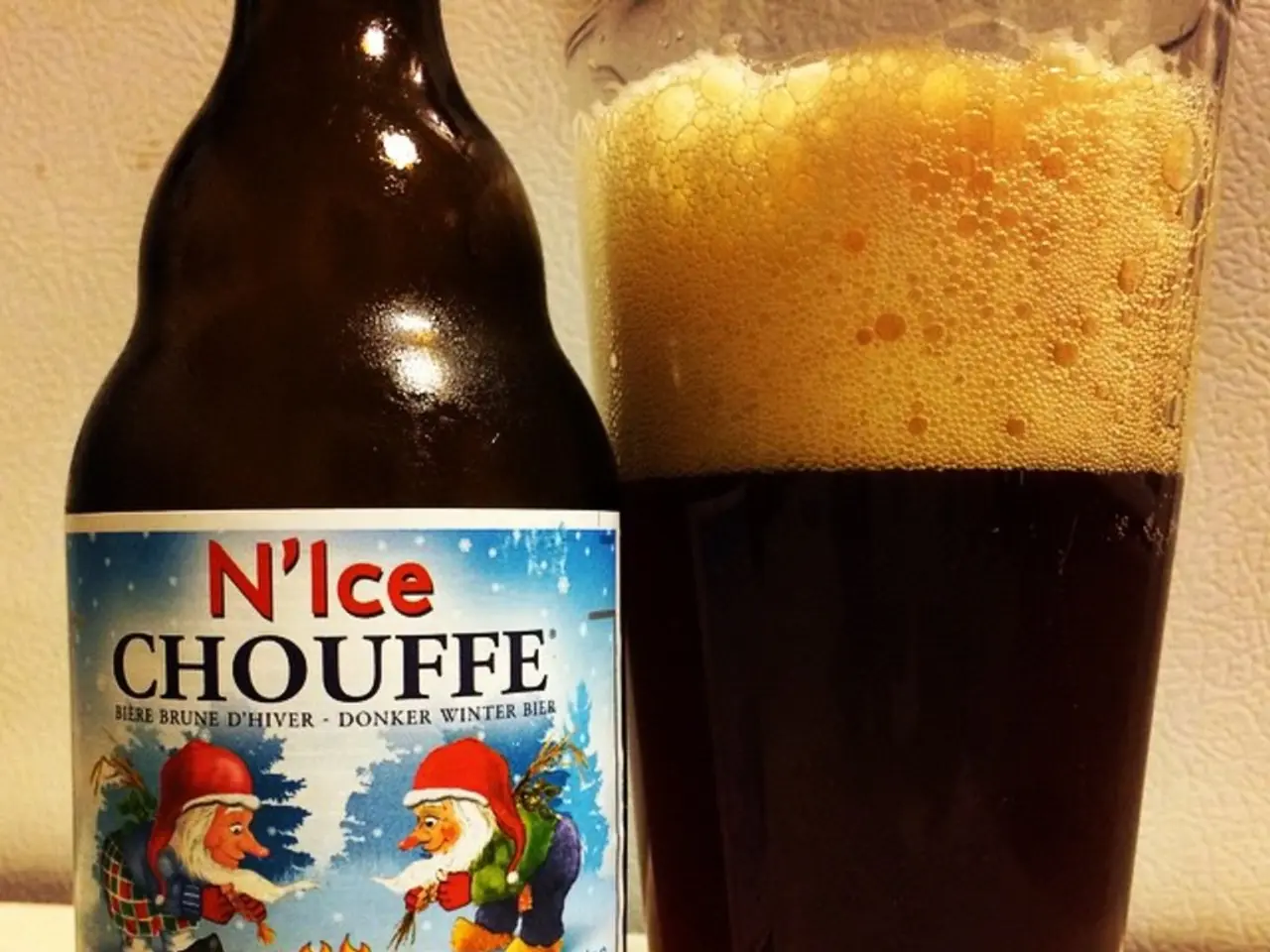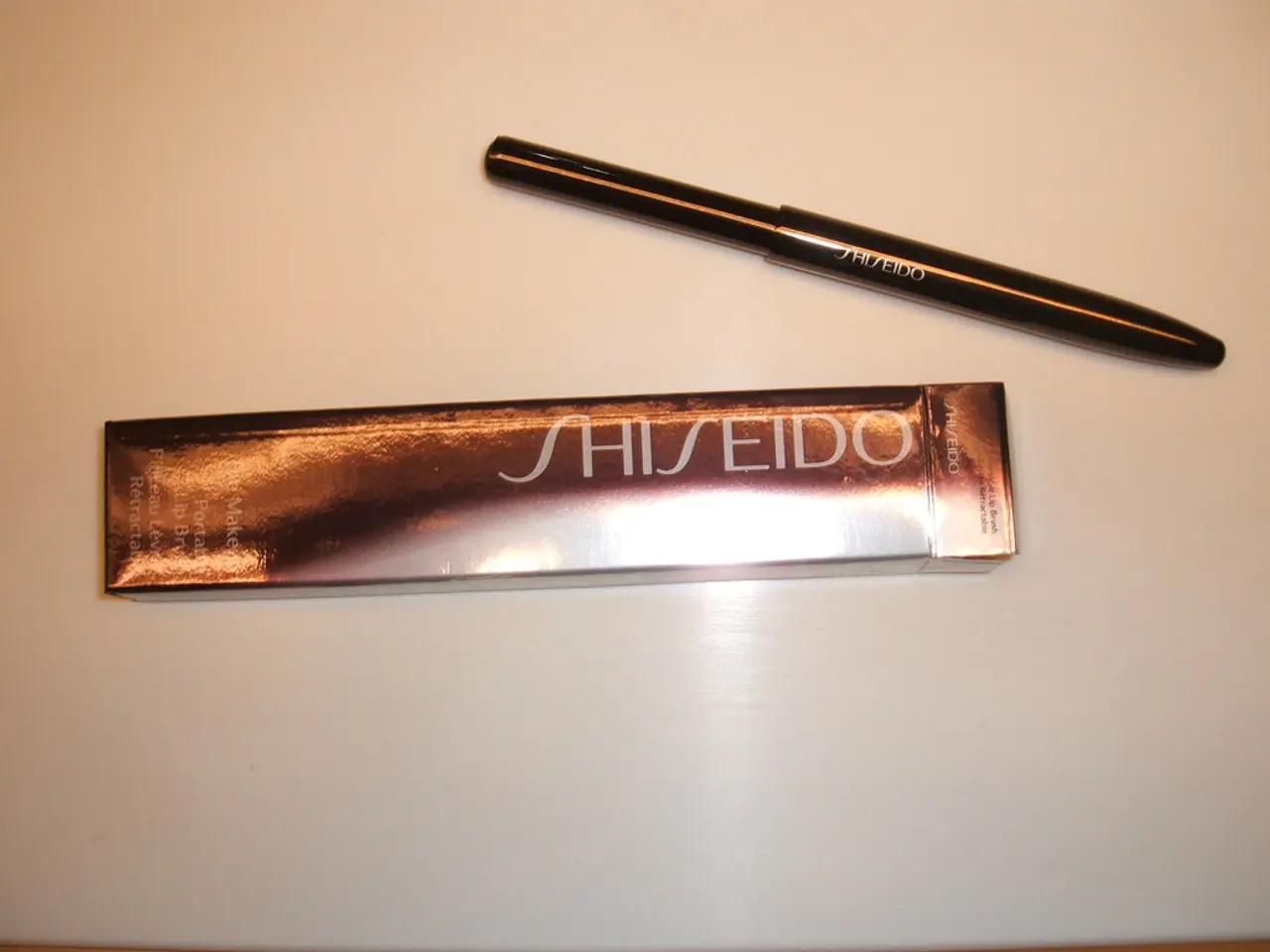Advertisers Gain Insight into Meta's Secrecy, According to New Study
In a recent analysis, Haus, a leading measurement company, has found that Meta's automated ad targeting tool, Advantage+, may underperform manually orchestrated campaigns for some brands. The findings were presented in the Meta Report, compiled by Tyler Horner, the solutions engineering lead at Haus.
According to the report, while Advantage+ generally performs well, manual campaigns tend to deliver better average results in longer-term, evergreen scenarios. Over longer timespans, manual campaigns outperformed Advantage+ by an average of 9%, even though Advantage+ showed better incremental outcomes in shorter timespans.
Advantage+ excels in fast ramp-up periods, new customer acquisition, and simpler setups. It is highly effective at quickly identifying high-intent users and driving new customer acquisition, accounting for 70% of its impact compared to 65% for manual campaigns. However, this can come at the expense of overall incrementality, meaning it might cannibalize conversions from existing or already interested users rather than generating new incremental conversions.
The report shows that Meta, on average, drove a 19% lift to a brand's primary KPI. The analysis included data from 640 incrementality tests on Haus' platform over the past 18 months, conducted among companies who spent, on average, $14m per year on Meta ads.
Interestingly, Advantage+ still drove a slightly higher share of its impact on new customers than Manual setups - 70% vs 65%. The report describes Advantage+ as a valuable tool, despite its kinks. However, for 42% of brands in the study, Advantage+ did outperform manual campaigns on an incremental Return on Ad Spend (iROAS) basis, and 39% of brands allocated the majority of their Meta budget to Advantage+.
The report suggests that performance varies significantly by brand and campaign context. Manual campaigns may still be better suited for more sophisticated or evergreen strategies where nuanced targeting and control are advantages.
Tyler Horner wrote in the report that manual campaigns generally caught up with and outperformed Advantage+ by the end of the campaign period. If someone is already very likely to convert (90%), the ad may not have much opportunity to create an impact, according to Horner. On the other hand, for audiences with a very low pre-existing likelihood to convert (10%), the ad can make a big difference.
During short promotional periods or holidays, Advantage+'s ability to quickly identify intent and ramp could make it an asset for a brand. However, during longer-term scenarios, the precision and control offered by manual campaigns may lead to better sustained incrementality.
In conclusion, while Advantage+ is a valuable tool for fast ramp-up periods, new customer acquisition, and simpler setups, it may underperform compared to manual campaigns for some brands in longer-term or more complex targeting scenarios. Brands should consider the specific context of their campaigns when deciding between Advantage+ and manual campaigns.
In the realm of business and technology, the report suggested that while Meta's Advantage+ tool is efficient in quick-paced scenarios like fast ramp-up periods, new customer acquisition, or simpler setups, the precision and control offered by manual campaigns may deliver better results in complex, evergreen strategies or longer-term targeting. This is due to manual campaigns outperforming Advantage+ by an average of 9% in extended periods.
Furthermore, in the finance and media sectors, it was found that even though Advantage+ excelled in identifying high-intent users and driving new customer acquisition, its effectiveness could be compromised by a potential loss of overall incrementality, thereby cannibalizing conversions from existing users rather than generating new incremental conversions.




